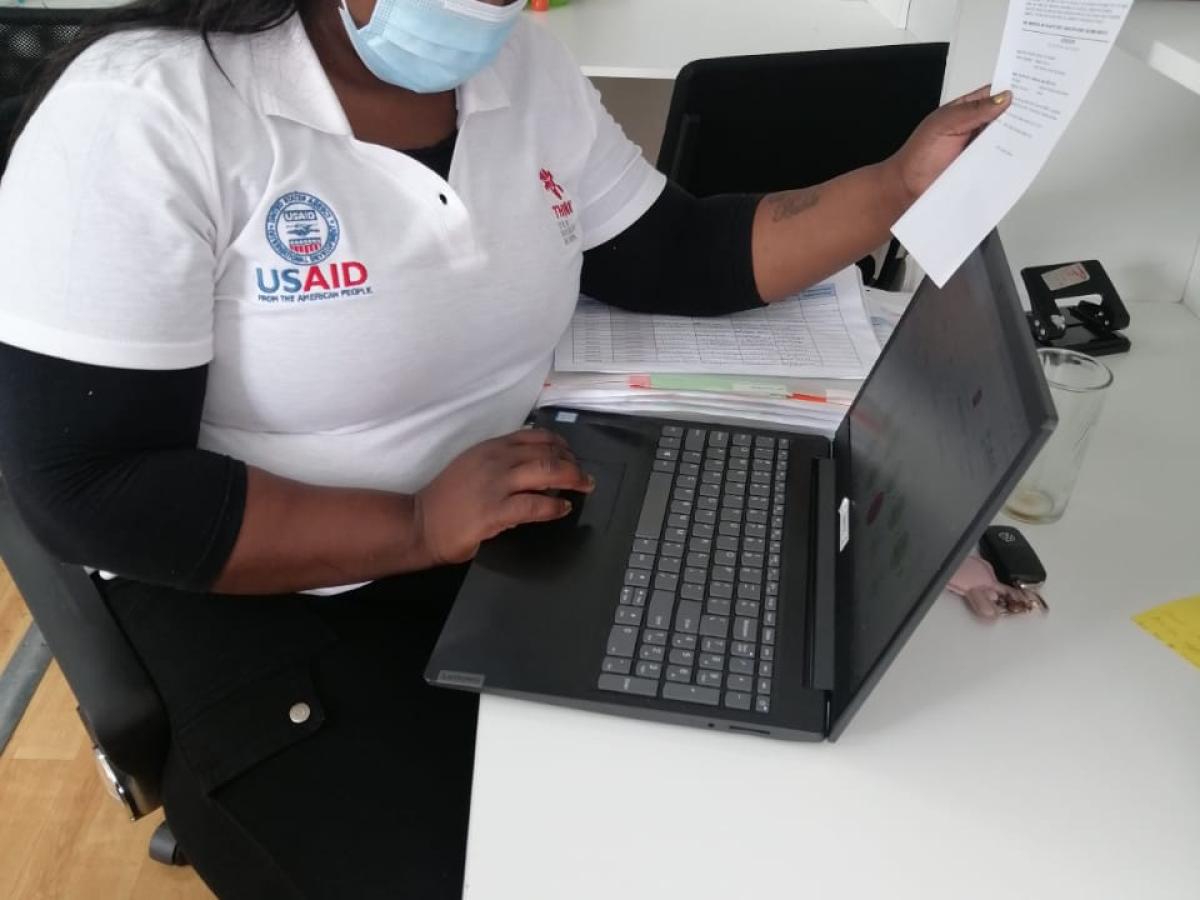During the pandemic, USAID has supported the rapid development and scale up of digital tools and technologies to help maintain TB service continuity during lockdowns and movement restrictions. Innovations, including surveillance apps and video adherence monitoring, played an important role during the pandemic and offer long-term solutions to helping countries’ TB efforts.
In South Africa, USAID supported the NTP in piloting the Comprehensive Active TB Tracker (CATT) digital application that enables individuals with DR-TB to access treatment, even during pandemic-related lockdowns. Functioning as a monitoring checklist for clinics and healthcare workers, this surveillance tool tracks results and monitors referrals to ensure that those with DR-TB are notified and linked to care. Upon piloting the CATT application in South Africa’s Doris Goodwin Hospital, the percentage of people with DR-TB linked to care increased by 23 percent. With this success, USAID is working with the NTP to scale up the application.
In Bangladesh, more than 60 percent of the country’s health facilities are in the private sector. While the Government of Bangladesh requires all health facilities to notify TB cases to the NTP, there was often a disconnect in private sector reporting. To help close this gap, USAID supported the development of the Janao application, which allows private practitioners to directly notify TB cases to the NTP. In addition, Janao is integrated into the national electronic TB patient management system, allowing for the seamless transfer of case information between sectors. Despite COVID-related movement restrictions and lockdowns, in Dhaka city, where the Janao app was piloted, up to 13 percent of the TB cases were notified through the Janao app. Recognizing the app’s importance, USAID is currently supporting the NTP in rolling it out nationally.

